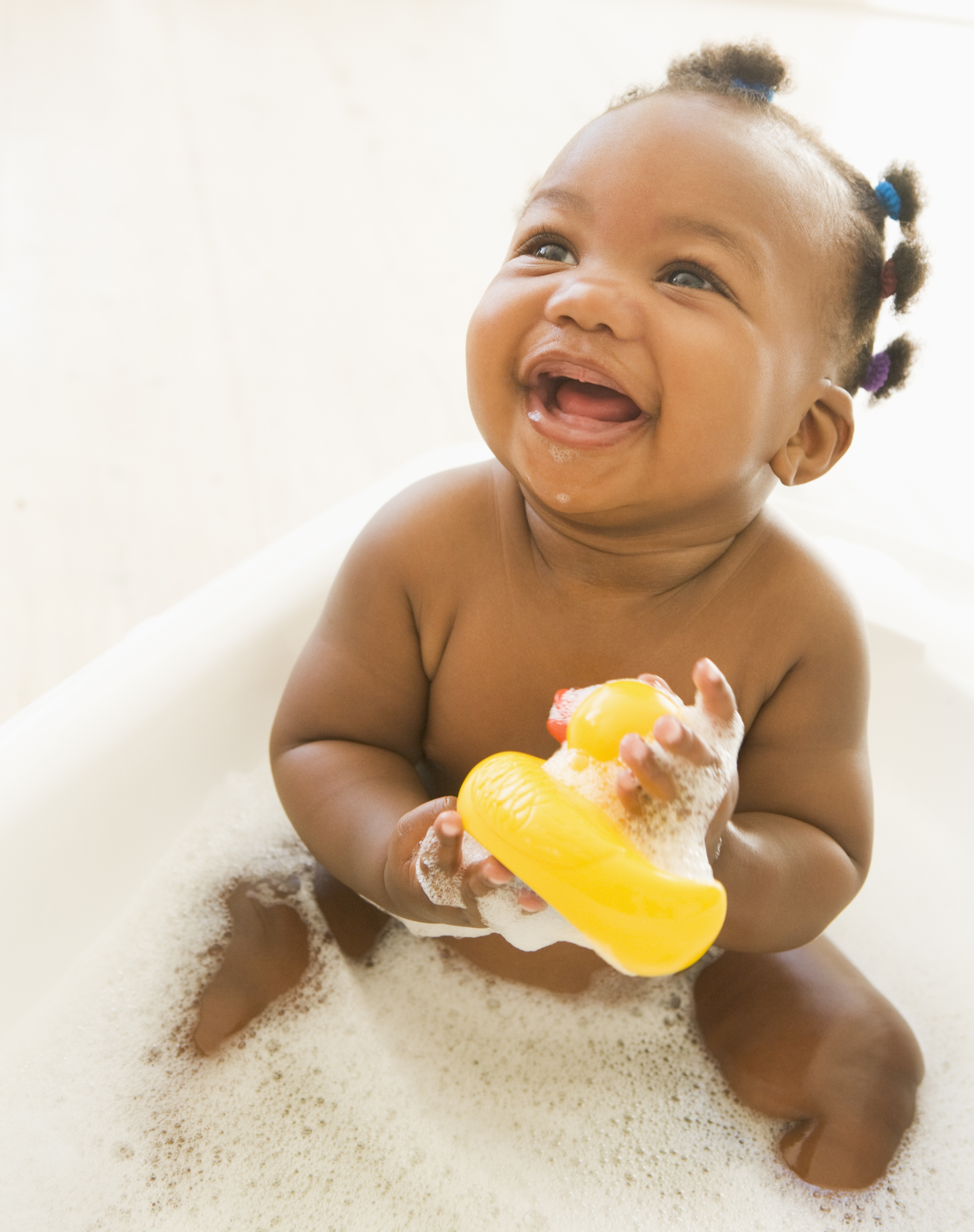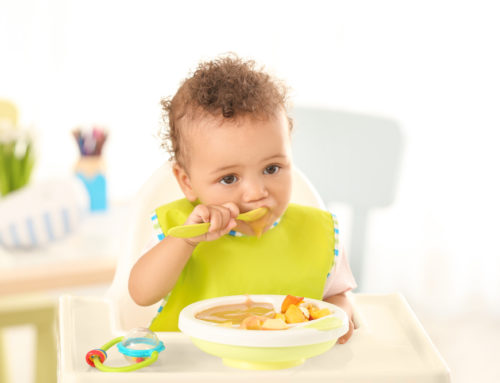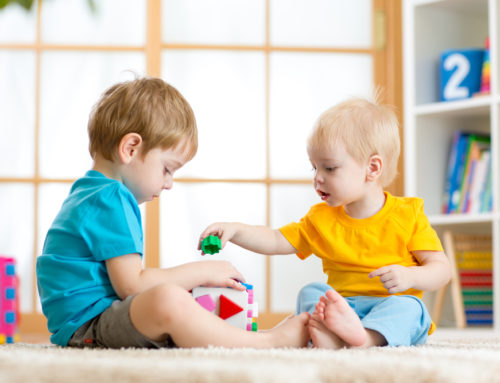_x000D_
In the first installment of this series, we covered the topics of independent sleeping and safety for new crawlers and walkers. Two other areas of child development, feeding and bathing, pose their own sets of challenges for new parents. Once again, we turn to the experts to find out how to manage these experiences with ease.
From Breast to Bottle and In-Between
For the breastfed baby, moving from nursing to bottle-feeding does not happen overnight. “If a family’s desire is to breastfeed as long as possible, they should focus on breastfeeding for the first month or so, and after that is well-established, then introduce a bottle,” offers Janelle Durham, lactation educator and author of Pregnancy, Childbirth and the Newborn (Meadowbrook Press, 2016).
Once your baby is in a settled routine and not going through any major period of change, it is easier to transition to bottle-feeding. “Six to 10 weeks is better than 3 months when babies start really being more alert to the world around them,” she explains. “Four or 5 months is easier than 6 to 7 months when they’re working on crawling and separation anxiety is beginning.”
When introducing a bottle, enlisting the help of another person—other than mom—can ease this transition. “Expanding the number of people that the baby trusts to feed, nurture and care for her increases the baby’s sense of safety and well-being,” notes child development specialist Karen Dudley (awesomeparenting.us). She recommends warming the bottle first, putting some breast milk on the nipple and gently touching the baby’s lips to the bottle. “It is helpful to do this at times when the baby is hungry, but not extremely hungry,” she adds.
Beyond the Bottle
As a baby grows and his feeding needs change, he can safely move from a bottle to a cup, provided he is developmentally ready. “When the baby can sit up straight, hold his head up and no longer has a tongue thrust reflex—the physical signs that tell us baby is ready for solid foods—also tell us that he is ready for us to introduce a cup,” says Durham. This can begin as early as six months of age with small amounts of water.
At 9-12 months of age, as the child becomes more accustomed to his cup, parents can switch over to breastmilk or formula. By 12-18 months, bottles can be put away for good and replaced with either sippy cups or open-top cups with a soft, flexible straw. Durham believes sippy cups should be considered as a transitional object and should only be used for a few months in order to avoid potential dental issues.
For the toddler who is resistant to giving up his bottle, minimizing its availability is key to moving forward. “If a child is allowed to carry a bottle…around with them, sipping at it whenever they want to…it’s hard to break them of this pacifying habit,” says Durham. She suggests cutting back to bottles only at meals and naptime/bedtime and then eventually only at mealtimes.
Talking to your child about when and where he can have his bottle and following through with that plan is another approach. “Young children do not always understand all of what we are saying, but do often understand more than we think,” notes Dudley. For instance, you can explain that you will be going to the park and that your child can have his bottle in the car on the way there. Then explain that you will leave his bottle in a safe place and he can have it again once it’s time to go home. “If the child fusses about this, the parent can say, ‘You might miss your bottle while you are at the park and you can tell me if you do,'” she offers. “The parent needs to convey the message that the child will be alright and that the parent is there to help them.” Dudley also suggests bringing snacks and water in a cup to help satisfy a child’s hunger or thirst.
Bathing Basics
For the new parent, baby’s first bath can feel like a major accomplishment; getting a squirmy infant clean and dried off is no easy feat. So when moving from an infant tub to a standard-size tub, have all the essentials laid out before getting into the water.
“Babies can move into a standard tub with or without a bathing ring when they can sit up comfortably and reliably by themselves,” says Dudley. To calm a fussy baby who is not yet used to the tub, she suggests starting off with a small amount of water—about 2-3 inches—to help little ones adjust to this new feeling.
“Some babies feel unstable and therefore unsafe when they feel the water in the big tub move against them,” she notes. Parents can gradually add a little more water each time until the water reaches over their baby’s lap.
When you are away from home and bathing your child on the go, Dudley suggests bringing along a rubber mat for the bottom of any unfamiliar tub, as well as a few bath toys. “Remember again to bring everything that will be needed for bathing and drying next to the bathtub before starting the bath,” she adds.
_x000D_
_x000D_




